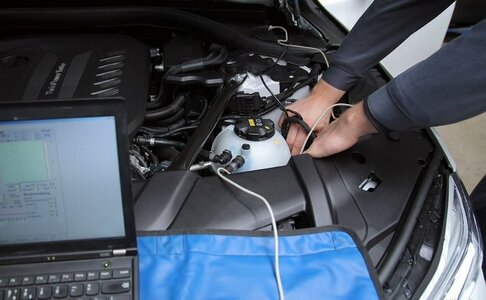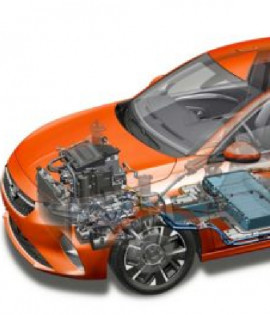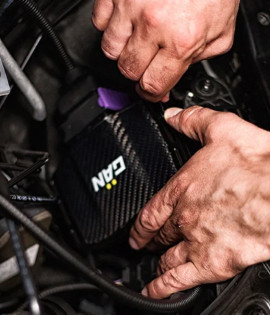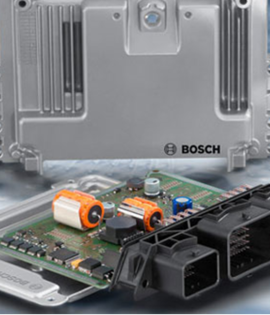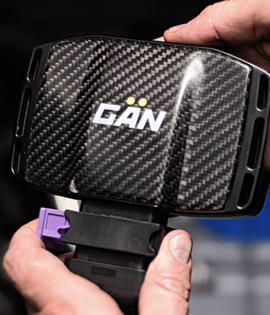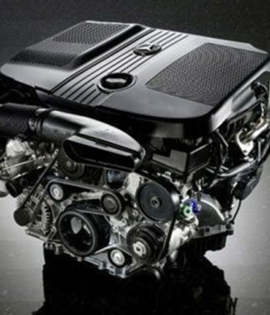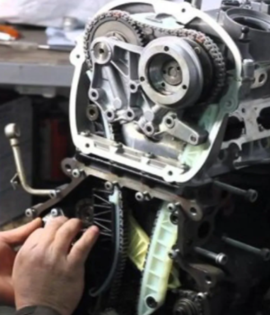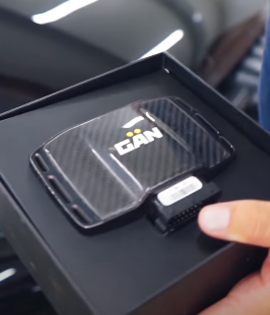Cranking Up Your Car’s Power: The Chip Tuning Lowdown
Chip tuning is all about tweaking your car’s electronics to give it a proper performance boost—think more speed and grunt under the bonnet. For some vehicles, like those used in business or on the farm, it’s also a clever way to cut down on fuel costs.
There are two main ways to go about it:
- Popping in an extra electronic control module.
- OBD tuning (the classic or
garage
approach): giving the car’s original software a makeover.
Chip Tuning with an Extra Control Module
With this method, you—or a savvy technician at a service centre—fit an additional electronic gadget that hooks up to the engine and its original control unit. No need to muck about with the engine itself or the standard setup; everything stays as it was. The trick here is dead simple: the extra module tweaks the engine’s settings on the fly. It grabs signals heading to the original control unit from all over the car, gives them a bit of a twist, and voilà—your engine’s pumping out more power and torque. The best bit? It leaves the engine’s safety features well alone, so there’s no chance of overdoing it. And since the factory software doesn’t get touched, your warranty stays safe as houses.
OBD Tuning: Remapping the Works
OBD tuning takes a different tack—it’s all about remapping the car’s original software. The process involves pulling the software out through the diagnostic port, fiddling with it on a computer, and then popping it back into the control unit. Fancy losing that pesky speed cap (V-Max)? This’ll do it. It’s also ace for tweaking the car to match any shiny new hardware you’ve bolted on. In the right circumstances, OBD tuning can even tease out a tad more power than the extra module route.
But here’s the rub—it’s not all rosy. Messing with the engine’s safety systems can leave it vulnerable, and there’s a real risk of knackering the motor. Plus, on newer cars, you often have to crack open the control unit to dodge the built-in security, which is a dicey job. One slip and you could fry the fragile electronics inside, leaving you with a dud unit and a car that won’t budge. Worse still, it might not conk out straight away—imagine it packing up a week or a month later when you least expect it. The folks doing OBD tuning know this, but they don’t always give you the heads-up. And here’s a kicker: loads of manufacturers have sneaky anti-tuning tech that spots software meddling and could see your warranty go up in smoke.
The Experts’ Pick
GAN TUNING BURO, a German outfit that helped us put this together, reckons the extra control module method is the way to go. They’re offering some top-notch perks for the Russian market, too:
- Warranty-friendly: It’s a plug-and-play job—hook it up and hit the road. Off to the dealer? Just yank it out; it leaves no trace behind.
- Safe as houses: They’re so confident it won’t do any harm, they chuck in an extra 2-year engine warranty.
- Five free swaps: You can set it up for five different cars at no extra cost—brilliant if you’re trading up. Might need a new cable for the sensors, though, which’ll cost you 3000 rubles.
- Smartphone control: Switch it up with your phone—Sport or Dynamic for a power kick, ECO for better fuel sipping, or Stock to switch it off. There’s even 18 fine-tuning settings to play with.
- 50-day test run: New to chip tuning? Try it for 50 days. If it’s not your cup of tea, send it back for a full refund.
Curious how much extra kick your car could get? Pop over to their website and crunch the numbers.



